Material Science in Frame and Component Design
1. Carbon Fiber Dominance
Carbon fiber composites remain the gold standard for high-end road bike frames due to their unmatched strength-to-weight ratio (up to 1,200 MPa tensile strength at 1.3 kg/m²). Innovations include:
-
Layup Optimization: AI-driven algorithms design layer orientations to balance stiffness, compliance, and weight.
-
Hybrid Construction: Combining high-modulus (HM) and intermediate-modulus (IM) fibers for targeted performance (e.g., HM in bottom brackets for power transfer, IM in seat stays for vibration damping).
2. Alternative Materials
-
Titanium Alloys: Resurging in custom builds for durability and ride quality (e.g., 3Al/2.5V titanium with 6-4 ELI grades).
-
Sustainable Composites: Flax fiber-reinforced epoxy (30% lighter than carbon) and recycled carbon fiber from aerospace waste.
-
Additive Manufacturing: 3D-printed titanium lugs paired with carbon tubes for bespoke geometries.
3. Component Advancements
-
Ceramic Bearings: Reduced friction (0.1% vs. 0.3% in steel) in hubs and bottom brackets.
-
Graphene-Enhanced Tires: 18% lower rolling resistance and 50% higher puncture resistance (Vittoria’s 2024 lab data).
Aerodynamics: From Wind Tunnels to Real-World Efficiency
1. Computational Fluid Dynamics (CFD)
CFD software (e.g., ANSYS Fluent) simulates airflow at 40–60 km/h, optimizing:
-
Tube Shapes: Truncated airfoils (Kammtail profiles) reduce drag without UCI rule violations.
-
Fork and Handlebar Integration: Hidden cables and internal routing cut drag by 8–12%.
2. Component-Specific Innovations
-
Wheelsets:
-
Disc vs. Rim Brakes: Disc systems add 150–300g but improve aerodynamic efficiency by 3–5% at 40 km/h.
-
Hollow-Core Rims: 25mm–35mm depths balance crosswind stability and drag (Savings: ~15W at 45 km/h).
-
-
Aero Saddles: Narrow profiles with cutouts (e.g., Specialized Power Mimic) reduce turbulence around the rider’s legs.
3. Rider-Bike Interaction
-
Position Optimization: A 10° drop in torso angle saves 20W at 40 km/h but requires rigorous flexibility training.
-
Skin Suits and Helmets: Dimpled textures and tail spoilers contribute 30% of total aero gains.
Electronics and Data-Driven Performance
1. Integrated Sensor Ecosystems
-
Power Meters: Strain-gauge pedals (e.g., Favero Assioma) and spider-based systems (Quarq DZero) offer +/- 1% accuracy.
-
Electronic Groupsets: SRAM Red AXS and Shimano Dura-Ace Di2 enable micro-adjustments via Bluetooth/ANT+.
2. AI Coaching Platforms
-
Adaptive Training: Platforms like TrainerRoad use machine learning to adjust workouts based on power, heart rate, and fatigue metrics.
-
Race Simulation: Virtual elevation maps paired with smart trainers replicate Grand Tour climbs (e.g., Alpe d’Huez gradients).
3. Real-Time Aerodynamic Feedback
-
Notio Konect: A handlebar-mounted device measuring CdA (coefficient of drag area) during rides, suggesting positional tweaks.
-
Garmin Rally Sensors: Track pedal stroke efficiency and lateral power loss.
Sustainability Challenges in Road Bike Manufacturing
1. Carbon Footprint Hotspots
-
Frame Production: 60–80 kg CO2 per carbon frame (vs. 20–30 kg for aluminum).
-
Transportation: Asian-made components shipped to EU/US markets add 15% emissions.
2. Circular Economy Initiatives
-
Recycling Programs: Specialized’s “Infinity” program reclaims 95% of carbon from old frames.
-
Bio-Resins: Plant-based epoxies (e.g., GreenPoxy) reduce VOC emissions by 70%.

3. Ethical Material Sourcing
-
Conflict Minerals: Ensuring cobalt-free battery components in electronic groupsets.
-
Fair Labor Practices: Auditing Taiwanese and Cambodian factories for ISO 45001 compliance.
Market Trends and Consumer Demands
1. Gravel-Crossover Bikes
-
All-Road Geometries: Slacker head angles (70°–71°) and 35mm tire clearance dominate 2024 launches.
-
Modular Components: Swappable fork mounts for bikepacking or aero configurations.
2. Customization and Personalization
-
3D Scanned Bike Fits: Retül’s motion capture systems tailor frame geometry to individual biomechanics.
-
On-Demand Paint Schemes: Digital printing allows 24-hour turnaround for custom graphics.
3. Price Segmentation
-
Ultra-Premium ($12,000+): Limited-edition frames with Tour de France tech (e.g., Pinarello Dogma F).
-
Mid-Tier (6,000): Direct-to-consumer brands like Canyon offering pro-level specs.
-
E-Bike Integration: Road e-bikes (e.g., Trek Domane+ LT) target aging enthusiasts with 50Nm torque assist.
Future Technologies in Road Bike Development
1. Smart Materials
-
Shape-Memory Alloys: Self-healing frame resins triggered by UV light or heat.
-
MEMS Gyroscopes: Auto-adjusting suspension in seat posts for variable terrain.
2. Energy Harvesting
-
Kinetic Wheels: Regenerative hubs converting braking energy into assist power (prototype stage).
-
Solar-Powered Sensors: Thin-film PV cells integrated into handlebar tape.
3. Blockchain for Supply Chains
-
Material Provenance: Immutable records for carbon fiber batches and labor practices.
-
Anti-Counterfeiting: NFT-based authentication for high-end components.
Keywords: Road bike engineering, carbon fiber frames, aerodynamic cycling, electronic groupsets, sustainable bike manufacturing, gravel bikes, power meters, CFD optimization, smart materials.
Meta Description: Discover the engineering breakthroughs behind modern road bikes—carbon fiber innovation, aerodynamics, and smart tech. Explore sustainability challenges and future trends in cycling.


 0
0


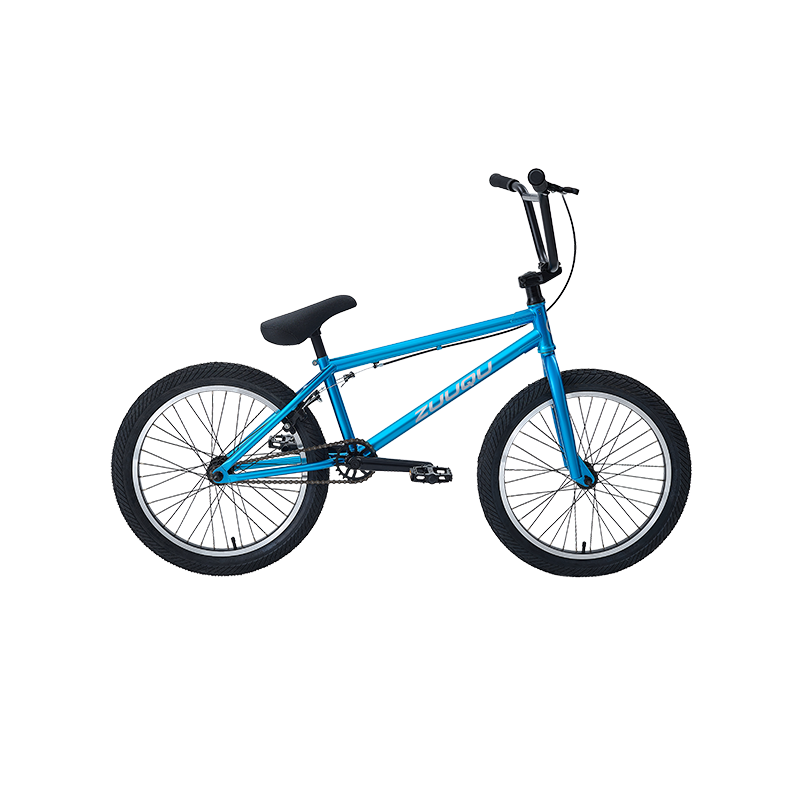

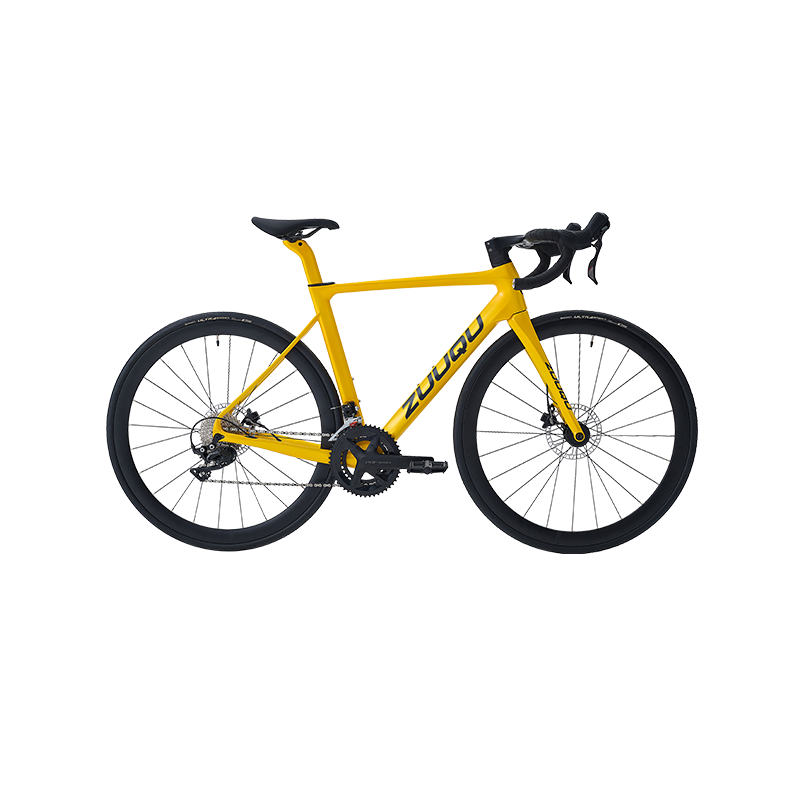
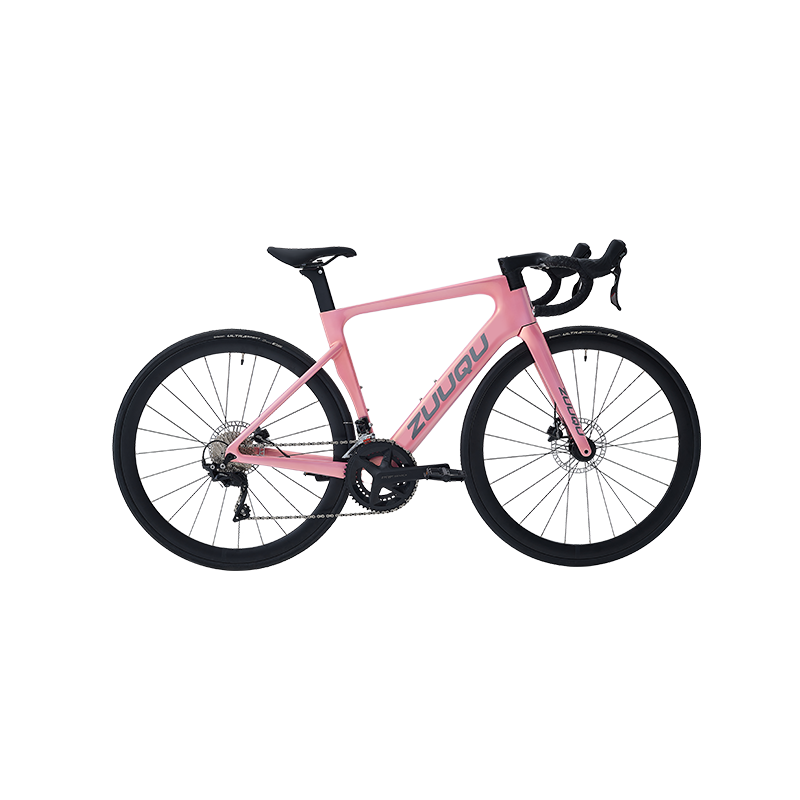
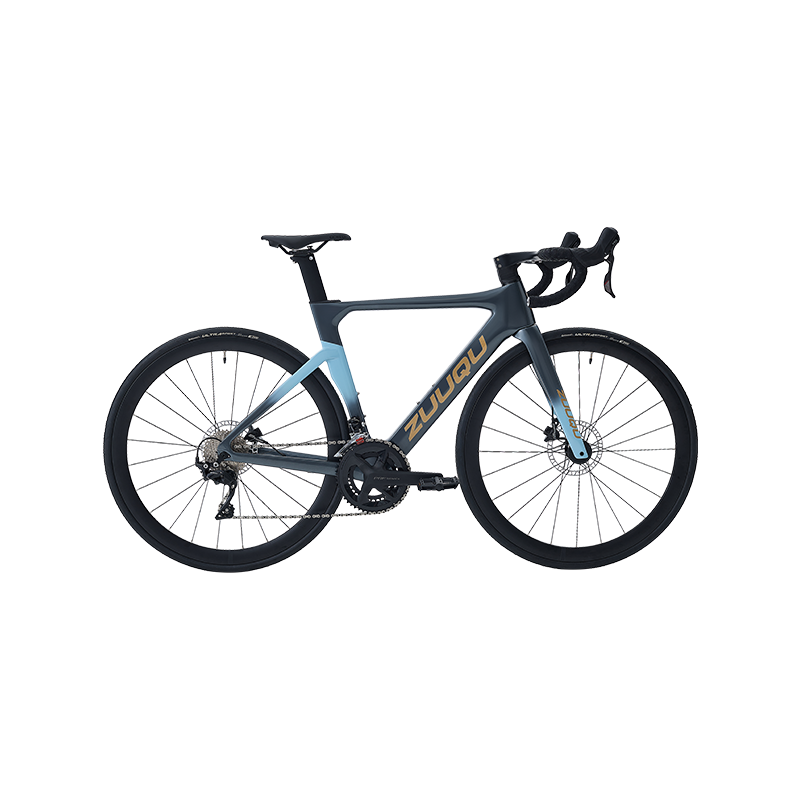
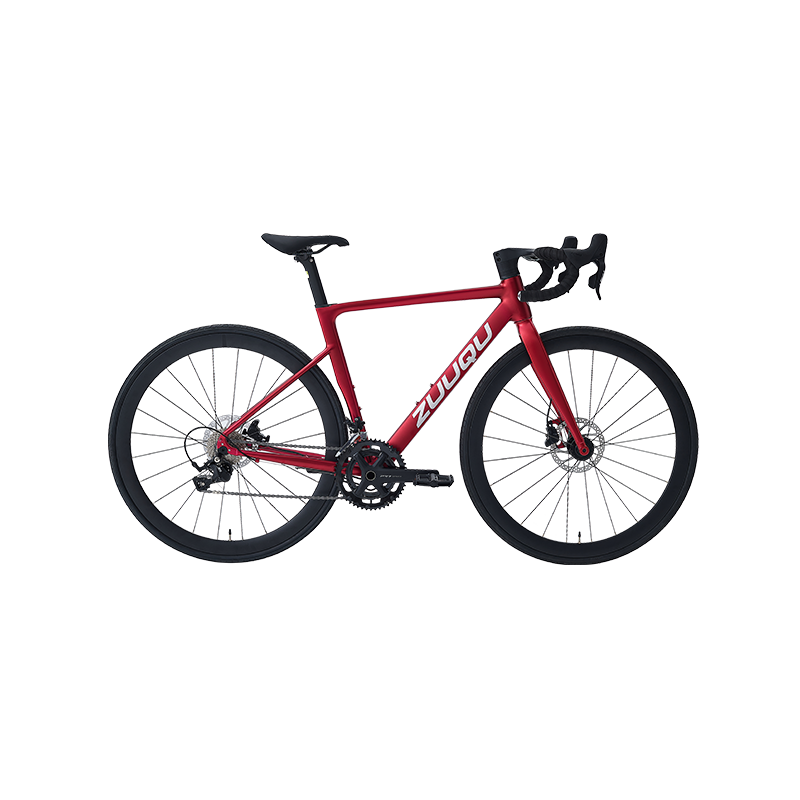
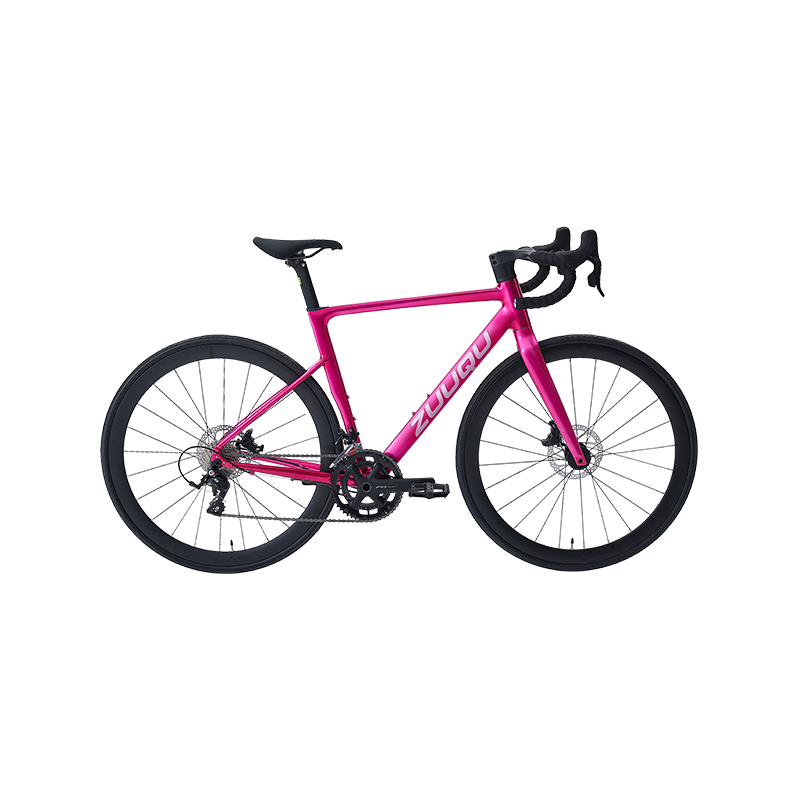

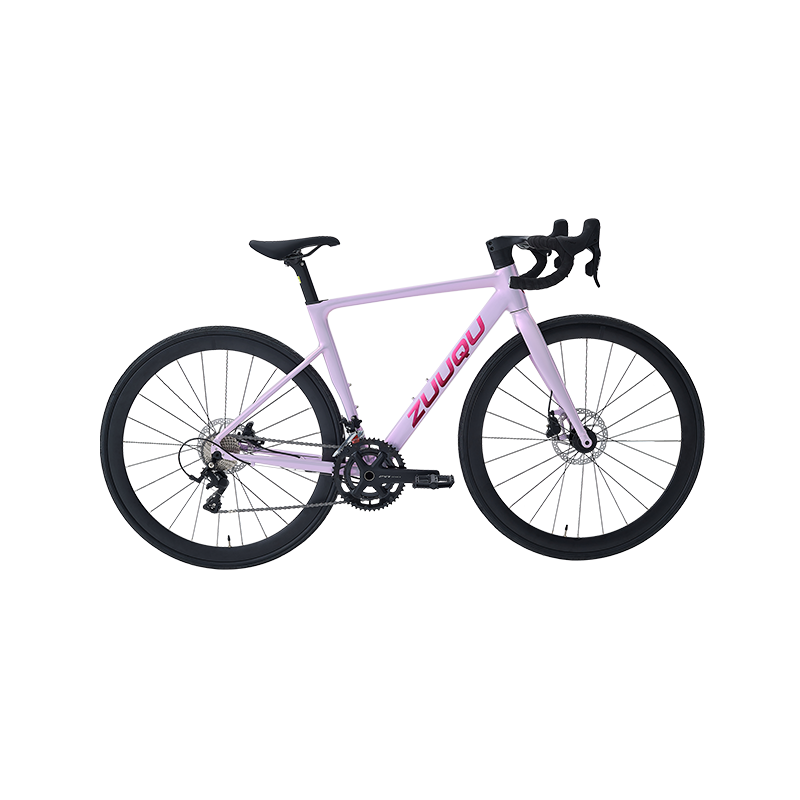
 Linhang industry park, Zhuji,
Linhang industry park, Zhuji,  +86-18858280688
+86-18858280688
